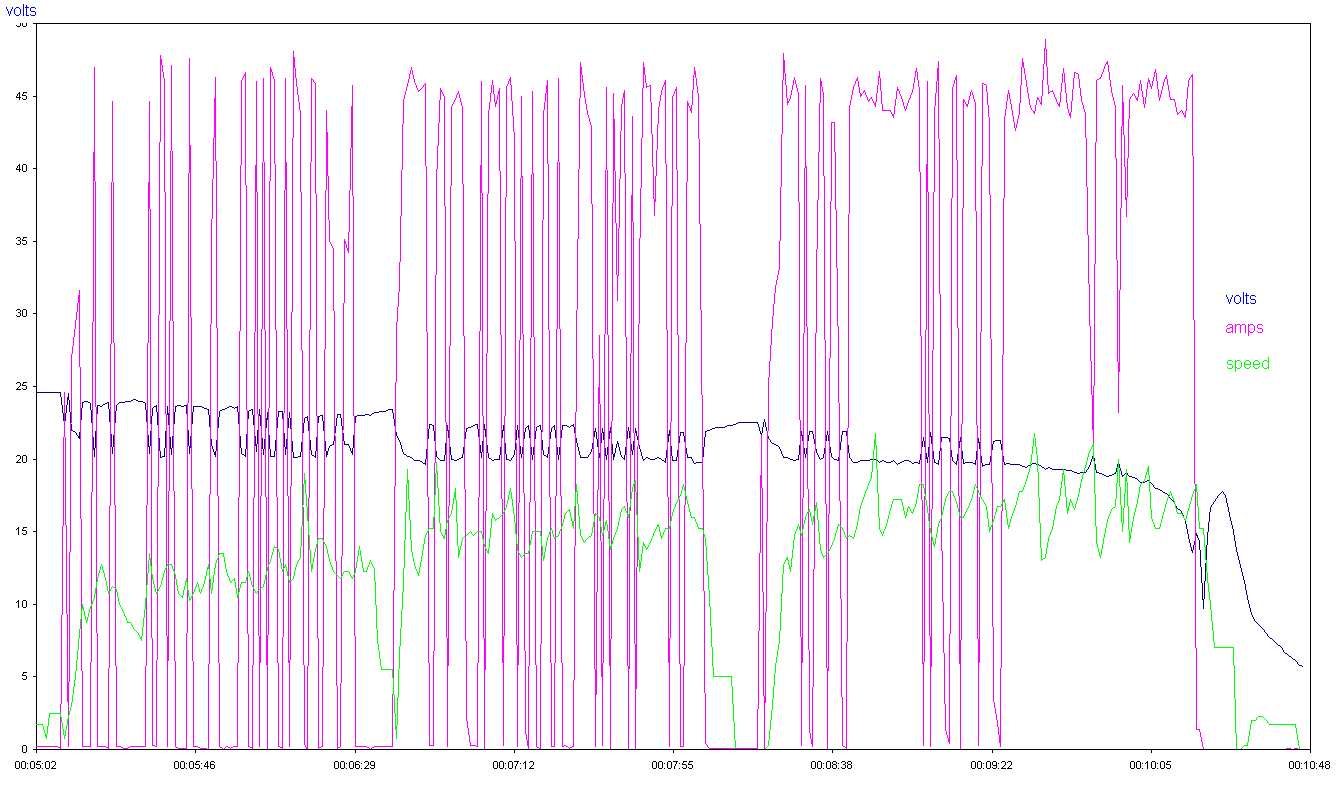tuxman
100 W
BTW, I've tried to search for an answer before asking the forum.
My ten 3.7v cell li-ion 12ah battery pack is 41.7v full. But, I've read 4.2v per cell is the sweet spot. Should I adjust the charger to 42v? Should I bother with this slight indifference?
Will 41.7v max help to pro-long the life of the battery?
Also, when I get done with a short ride, down to 40.1v, should I top off the charge? At what voltage should I top off at?
My ten 3.7v cell li-ion 12ah battery pack is 41.7v full. But, I've read 4.2v per cell is the sweet spot. Should I adjust the charger to 42v? Should I bother with this slight indifference?
Will 41.7v max help to pro-long the life of the battery?
Also, when I get done with a short ride, down to 40.1v, should I top off the charge? At what voltage should I top off at?







